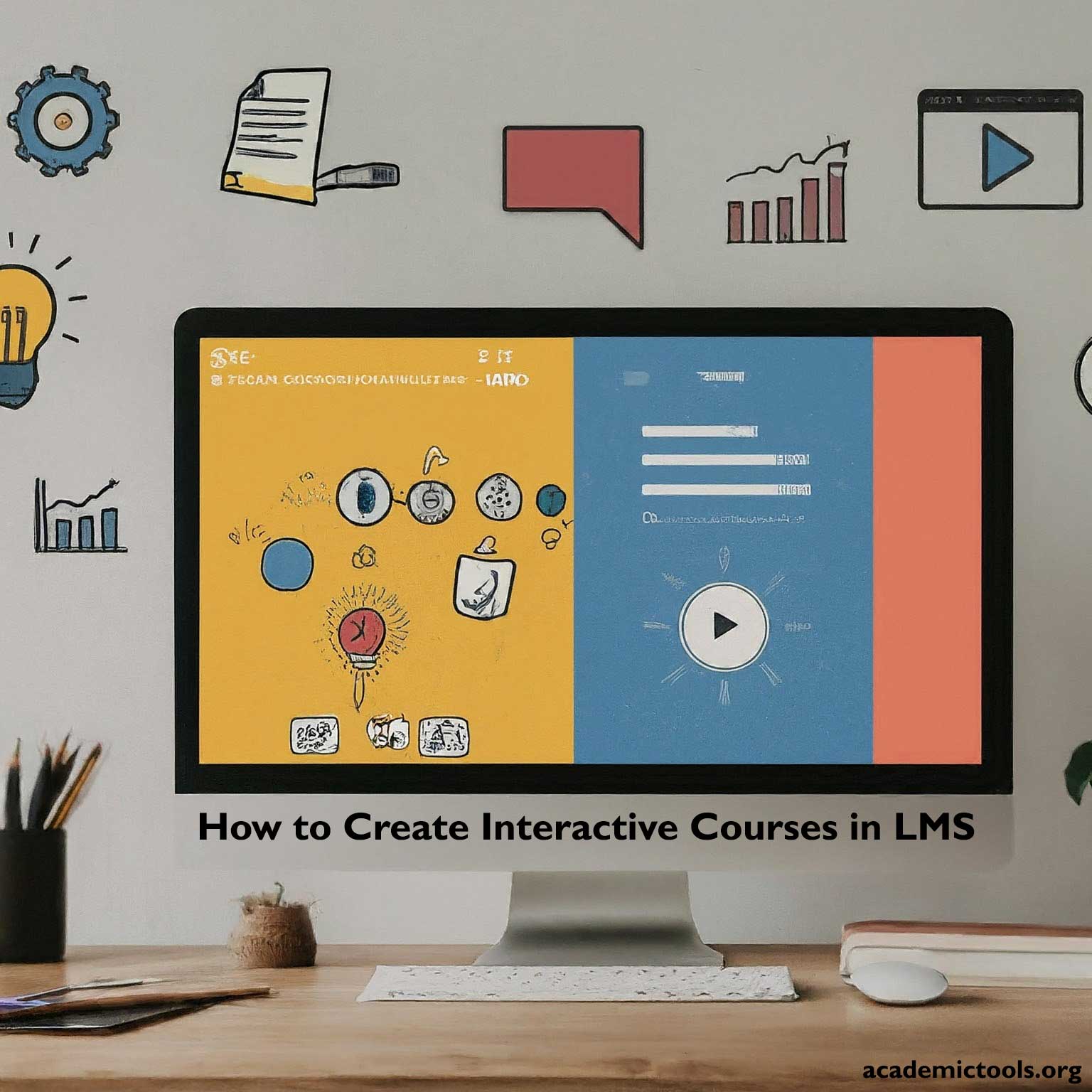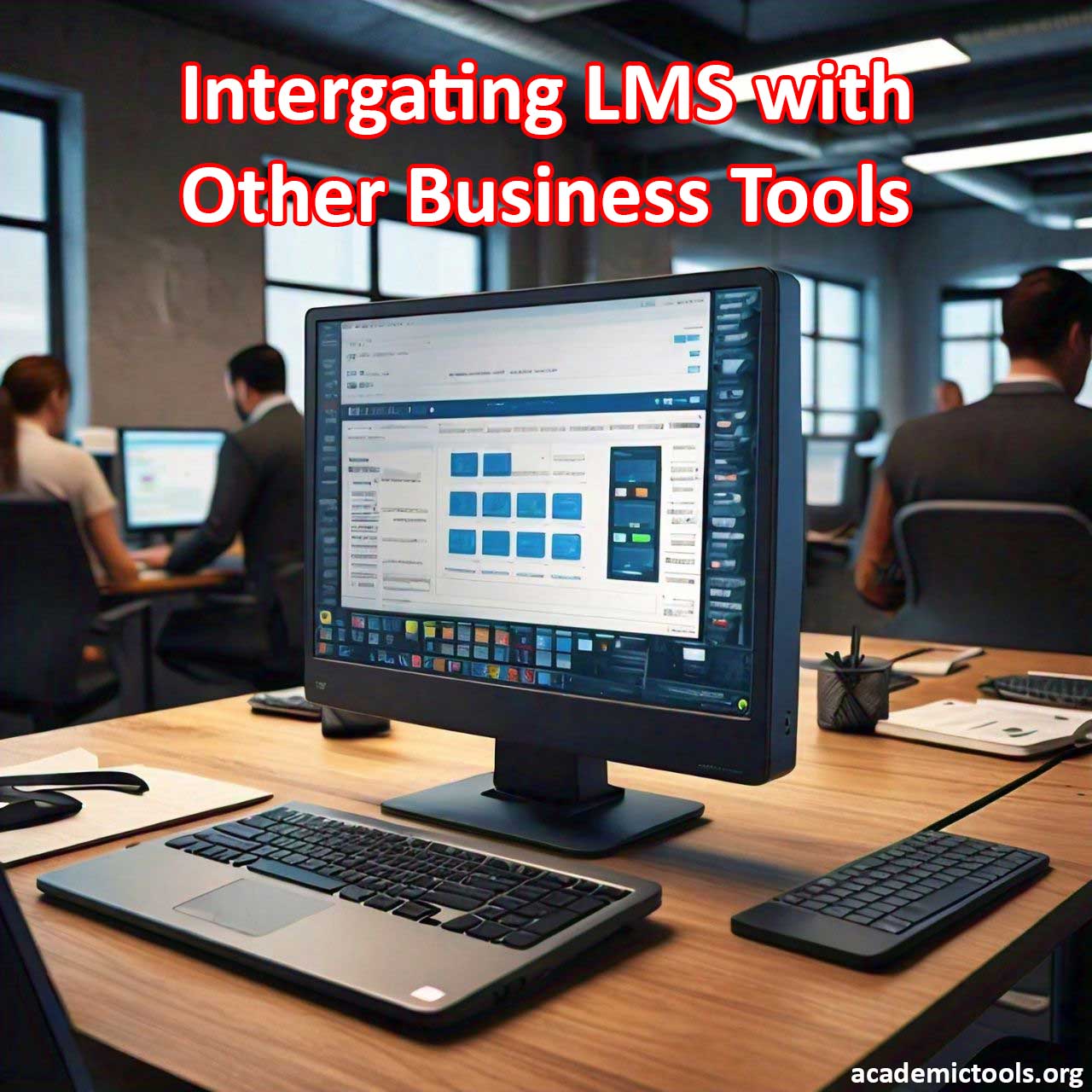In today’s digital classrooms, static lectures just won’t cut it. That’s why creating interactive LMS courses is no longer a nicety, but a necessity. By incorporating engaging elements, such as gamification, simulations, and real-time feedback, you can transform your online courses into immersive experiences that captivate and motivate your students. In this blog post, we’ll dive into the world of interactive LMS courses and explore practical tips and tools to help you create learning experiences that truly stick.
Table of Contents
Understanding Interactivity in Online Courses
Interactive LMS courses are all about flipping the script on traditional learning. Instead of passive lectures, you can create experiences that invite learners to participate, explore, and engage. From quick quizzes that test knowledge to immersive simulations that mimic real-world scenarios, the possibilities are endless. The ultimate goal? To turn learning into an active, dynamic, and unforgettable adventure.

Benefits of Interactive LMS Courses
1. Increased Engagement: Interactive elements keep learners engaged and motivated.
2. Better Retention: Active participation helps in better retention of information.
3. Enhanced Learning Experience: Interactive courses provide a richer learning experience by catering to different learning styles.
4. Immediate Feedback: Quizzes and assessments provide instant feedback, helping learners understand their progress.
Strategies for Creating Interactive Courses
1. Use Multimedia Content
Incorporating various types of media such as videos, audio clips, and animations can make the content more engaging.
– Videos: Use short, informative videos to explain complex concepts. Tools like YouTube or Vimeo can be embedded directly into your LMS.
– Audio: Audio clips can be used for podcasts, interviews, or additional explanations.
– Animations: Animated content can simplify complex information and make it more accessible.
2. Incorporate Quizzes and Assessments
Quizzes and assessments are essential for measuring learner progress and reinforcing knowledge.
– Multiple Choice Questions: These can be used to test understanding of key concepts.
– Short Answer Questions: Encourage learners to explain concepts in their own words.
– Interactive Quizzes: Tools like Kahoot! or Quizlet can add a fun, competitive element to quizzes.
3. Use Discussion Forums and Social Learning
Encourage interaction among students through discussion forums, group projects, and social learning features.
– Discussion Forums: Platforms like Moodle or Canvas have built-in forums where learners can discuss topics and share insights.
– Group Projects: Assign group projects to foster collaboration and teamwork.
– Peer Reviews: Enable peer reviews for assignments to provide diverse feedback and promote critical thinking.
4. Integrate Gamification
Gamification involves incorporating game-like elements into the learning process to increase motivation and engagement.
– Badges and Certificates: Award badges and certificates for completing modules or achieving high scores.
– Leaderboards: Use leaderboards to create a sense of competition and encourage learners to excel.
– Points and Rewards: Implement a points system where learners earn rewards for participation and achievements.
5. Leverage Interactive Tools and Plugins
Many LMS platforms support plugins and tools that enhance interactivity.
– H5P: An open-source tool that allows you to create, share, and reuse interactive content such as presentations, quizzes, and games.
– SCORM: SCORM packages enable interactive e-learning content to be used across different LMS platforms.
– Interactive Simulations: Use simulations to provide hands-on experience with real-world scenarios.
6. Utilize Adaptive Learning Paths
Adaptive learning paths tailor the course experience to individual learner needs, ensuring a personalized learning journey.
– Pre-assessments: Conduct pre-assessments to gauge learner knowledge and customize their learning path accordingly.
– Branching Scenarios: Create branching scenarios where learners make choices that affect the outcome, making the learning experience more engaging and relevant.
– Personalized Feedback: Provide personalized feedback based on learner performance to guide their progress.
Implementing Interactivity in Your LMS
Choose the Right LMS
Selecting an LMS that supports interactive features is crucial. Popular options include:
– Moodle: Highly customizable with numerous plugins for interactivity.
– Canvas: User-friendly with robust multimedia and collaboration tools.
– Blackboard: Comprehensive with strong support for multimedia and social learning.
Plan Your Course Structure
A well-structured course is key to effective learning. Plan your modules, lessons, and activities carefully to ensure a logical flow and balance of content types.
Test and Iterate
Before launching your course, test all interactive elements to ensure they work as intended. Gather feedback from a small group of users and make necessary adjustments.
Provide Clear Instructions
Ensure learners understand how to use the interactive elements. Provide clear instructions and support resources to help them navigate the course effectively.
Conclusion
Unlock the full potential of online learning by creating interactive LMS courses that ignite curiosity, spark engagement, and drive real results. By infusing your courses with multimedia magic, quizzes, discussions, gamification, and adaptive learning paths, you can turn static content into dynamic learning experiences. To get started, explore Moodle’s expert tips on creating engaging online courses. With a little creativity and planning, you can transform your online classroom into a vibrant hub of learning and connection.



